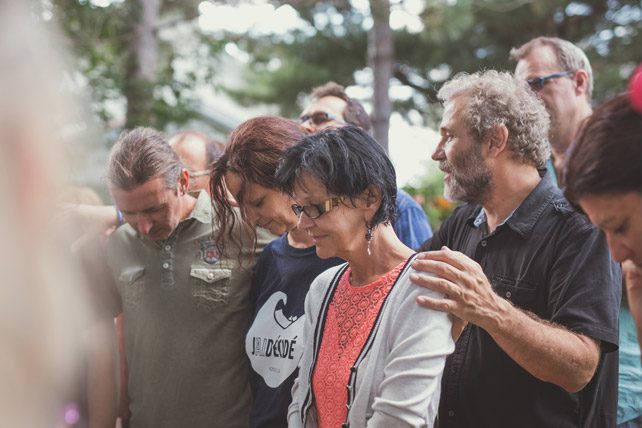Either the glass is half full, or it’s half empty. We’ve all heard this expression before, and many of us find that we land on one side or the other as we approach life and work. We either have enough, or we don’t — people in the pews, volunteers to help, ministries to serve, digital presence, money coming in. In our digitally connected, social media dominant culture, it can be easy for pastors and leaders to compare themselves to others’ platforms, charisma, or content cycles.
The glass, it seems, is always half-empty for too many church leaders. We believe that if others have many people, a large platform, or a powerful presence, there is no room for us to have the same.
Stephen Covey, John Maxwell, and others have talked about this as the difference between having a scarcity mindset versus an abundance mindset. “Scarcity thinking,” Maxwell writes in his book Intentional Living, “has nothing to give. It is preoccupied with receiving. Scarcity thinking is all about me. It says, ‘There’s not enough to go around. I had better get something for myself and hold onto it with all I have.’” An abundance mindset, on the other hand, is akin to understanding that God really does own the cattle upon a thousand hills (see Psalm 50:10), that all good things come from Him, and that His gifts are overflowing.
One of the things we talk about at Gloo is what it looks like to “release the collective might of the Church.” We take an optimistic view that every church, regardless of size, has immense capacity to change lives. Yet not every church has full stack access to programs, tech, or content to maximize that capacity.
If resources aren’t accessible inside the four walls, churches can sometimes default either to “we’ll try to build our own” or “we just don’t offer that here.” For many reasons, churches haven’t always been able to partner well with each other, nor do they have easy ways to partner with other organizations who have the potential to fill their gaps.
So, how do we get all parts of the Church working better together?
We have spent years building an online platform and infrastructure that connects the faith ecosystem so that all parts of the Church can come together such that the glass is always half full and ideally, overflowing. The body working together — that’s the essence of “collective might.” What that means is that, as followers of Christ, we begin to re-embrace an understanding of the fullness of God in all things. Just as the loaves and bread never ran out and the wine never ran dry, this is the reality of how God provides for — and uses — all of us today.
The Collective Might in Our Churches
Even before COVID-19 radically changed our churches, there were signs of a scarcity mindset. As pastors with congregations of 100 looked at pastors of 5,000-member, big-budget megachurches, it seemed that scale equaled success. And then COVID-19 came, and many of us went into a scarcity mindset, believing that our 35 people weren’t enough to truly engage in God’s mission.
It uncovered an important question: Are attendance and budget size really the most important metrics?
Yes, we love it when many people come to faith, and many communities are flourishing. But we also know that Jesus cares about the one lost sheep, the woman at the well, and the man born blind. When we begin to see our churches as not “just 35 people” but instead as “35 people to grow and multiply” who are uniquely gifted and empowered by God to change our world, everything changes.
Single moms, business owners, retired teachers — all are filled with the fullness of God to be on mission in unique and powerful ways. And it doesn’t stop there. Life experiences and struggles are also potential launch points to release God’s goodness to the world. Those who have wrestled with mental health issues in the past can now come alongside others who are struggling. Those who come from diverse faith or non-faith backgrounds likewise play a role.
From Consumption to Contribution
The movement from abundance-to-scarcity is a mindset shift, but it’s not the first step. First, we need to acknowledge that God has wired every person with the innate longing to contribute. Every person has something to give. In the context of the body, they might be a hand, foot, eye or mouth… and they may need help discovering just what that calling is. When people move from being consumers to being contributors, they truly realize their God-given potential in the body of Christ.

